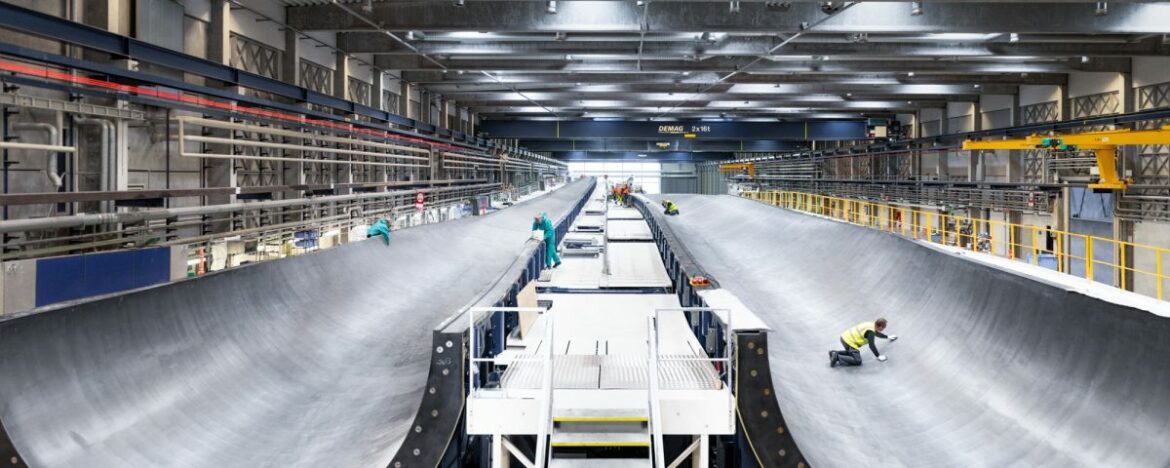The use of steel smelted in steel furnaces powered by renewable energy using almost exclusively recycled raw materials will reduce the carbon footprint over the turbine’s life cycle by 10 %.
Located 23 km off the Polish coast, the 1.2 GW Baltic Power offshore wind farm is a joint venture project between Polish multienergy company Orlen and Northland Power, which will begin production in 2026 and will be able to power more than 1.5 million households.
In 2024, preparations will begin for the construction of the foundations of the so-called monopiles, on which, together with transition elements (so-called collars), the towers will be placed in 2025, with turbines at a height of more than 230 metres (blade length is 115 metres). A total of 76 V236-15.0 MWTM wind turbines manufactured by the Danish company Vestas Wind System A/S, with 15 MW of capacity each, will be installed on the farm.
Baltic Power will generate 4,000 GWh of zero-emission electricity per year, avoiding emissions of around 2.8 million tonnes of CO2 per year. Additional emission reductions, already during the construction phase of the farm, will be made possible by the use of low-carbon steel – produced during sustainable manufacturing – for the upper components of 52 of Baltic Power’s 76 towers, on which the turbines (nacelles including rotors) will be mounted.
Vestas stresses that the eco-friendly material will form 15 % of the total used steel, and it will use almost entirely recycled raw material that is melted down in an electric furnace powered by renewable energy produced by the wind turbines. Produced by Industeel of the ArcelorMittal Group at its plant in the Belgian town of Charleroi, the steel is expected to have the same quality and technological parameters as materials produced using the traditional method.
Arkadiusz Słomczyński





